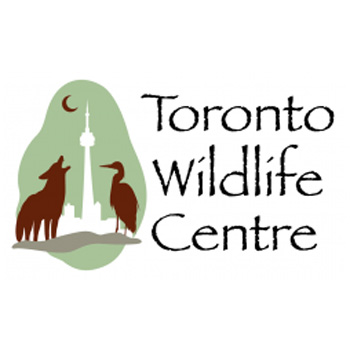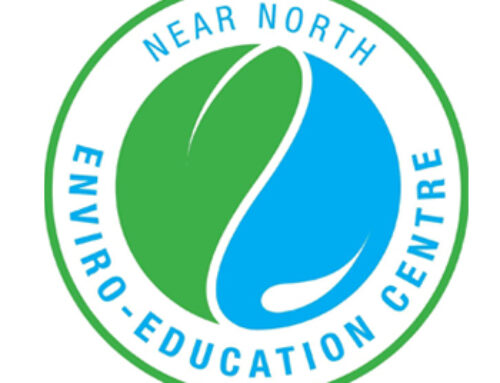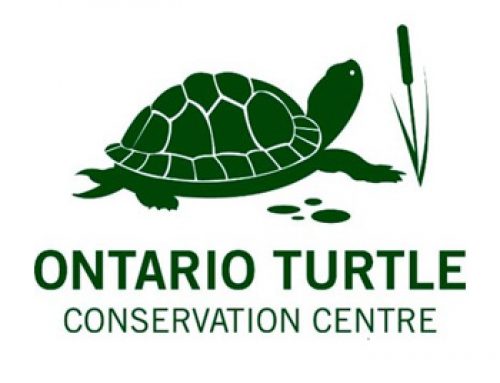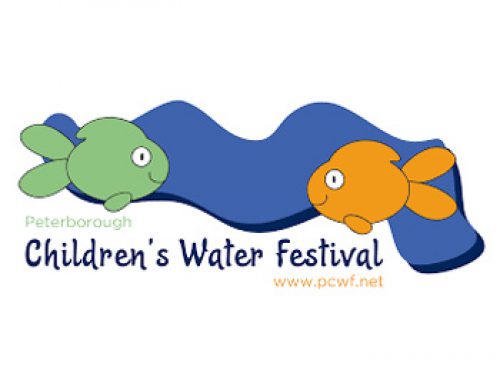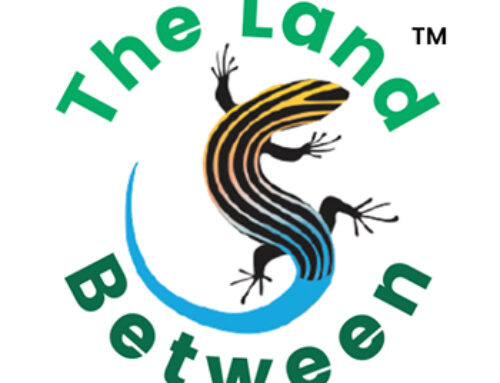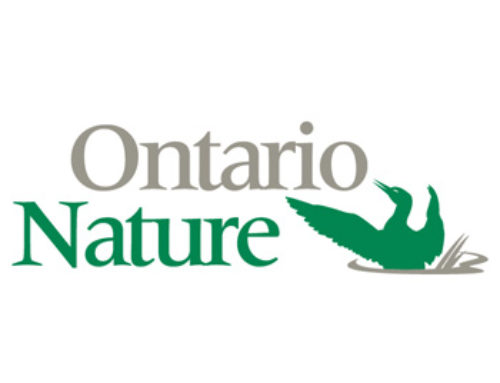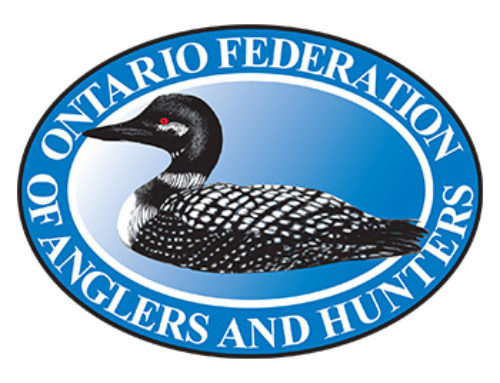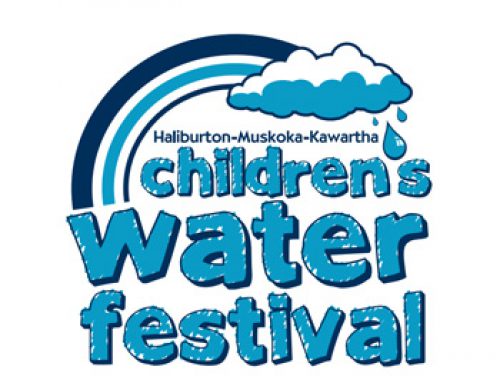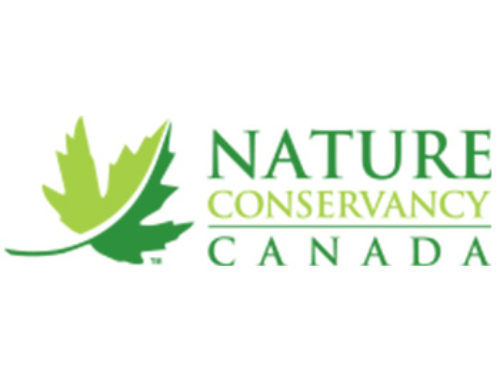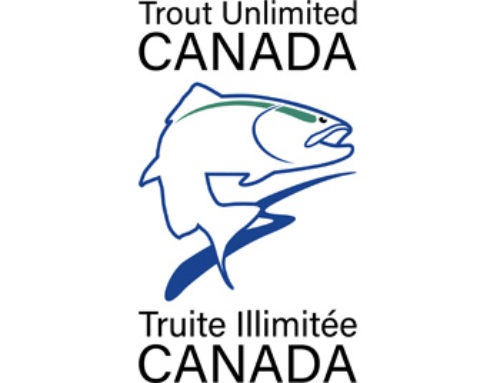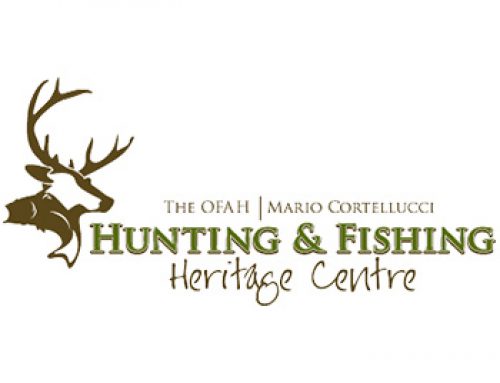2022
Turtles for Tomorrow: Medical Care & Rehabilitation for Ontario’s At-risk Species
Project Objective
To provide life-saving medical care and rehabilitation to injured freshwater turtles; Toronto Wildlife Centre (currently at Downsview Park, with plans to move to Rouge National Urban Park in the near future)
In Canada, freshwater turtles are among the most endangered groups of animals, and all eight species found in Ontario are at risk. Since only one in a hundred turtle hatchlings typically survives to adulthood, and it takes between 10 and 20 years to reach reproductive age, the loss of a single individual can have a negative impact on the local population. In a time of such rapid declines, every turtle we save matters.
Toronto Wildlife Centre (TWC) admits between 25 and 75 turtles every year; our goal is to provide life-saving treatment and rehabilitation and release healthy individuals back to the wild. Most turtle patients are admitted with severely cracked shells, fractured jaws, and head and eye trauma due to being hit by a car, often as they crossroads during mating and egg-laying season. Some become injured after getting entangled in improperly discarded fishing line or have hooks embedded in their flesh. Others are taken from the wild to be kept in captivity, while some are attacked by off-leash pet dogs.
Despite the disturbing circumstances that cause turtles to be admitted, they are resilient animals, and many can fully recover if given proper medical treatment and rehabilitation. Additionally, ‘head-starting’ turtle hatchlings – i.e., raising young ones in care until they are older and stronger – increases their chances of survival to adulthood in the wild.
TWC has been admitting, treating and rehabilitating wild turtles since our centre opened in 1993; and our hatchling head-starting program has been successfully incubating eggs and raising hatchlings to be released back to the wild for several years. Our veterinary and rehabilitation teams have been continuously refining and improving treatment protocols, often consulting with experts at the Ontario Turtle Conservation Centre for complex cases.
Because of their slow metabolism and rate of recovery, turtle patients can remain in care for several months. Individuals that are not healthy enough for release before the cold season sets in are over-wintered and released the following spring. The costs of medical care, housing, nutrition and enrichment are significant. Exhaustible supplies—like food and medicines—must be constantly replenished; other items—like UV bulbs—are worn out from repeated use and must be replaced. Without the help of generous supporters like OWF, we would not be able to give these remarkable animals a second chance (Please see Attachment 1 for examples of previous patients).
Since threats are largely a result of human activity and infrastructure, there is also a great need for public education, to raise awareness about these species and what people can do to help.


